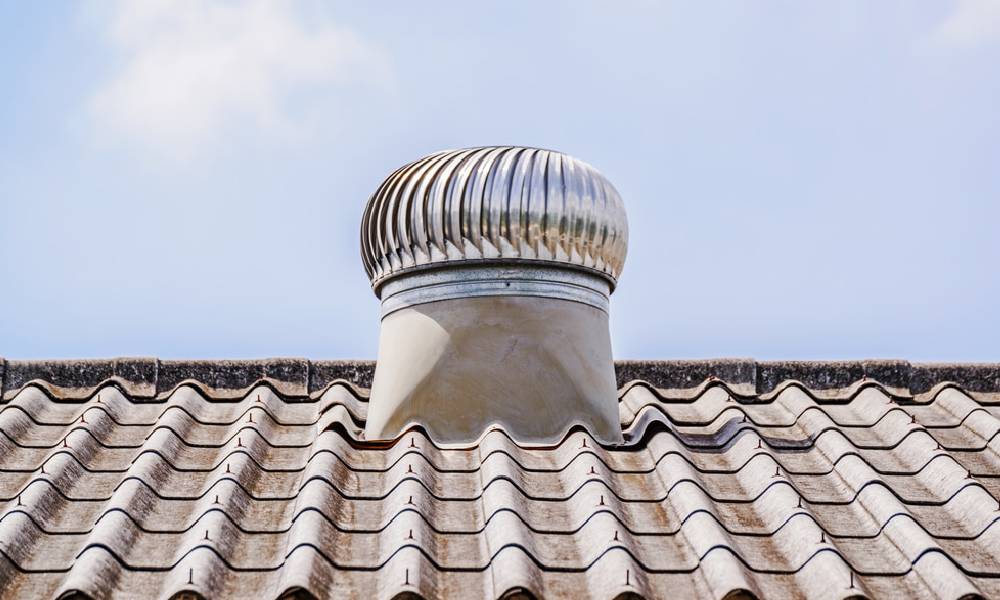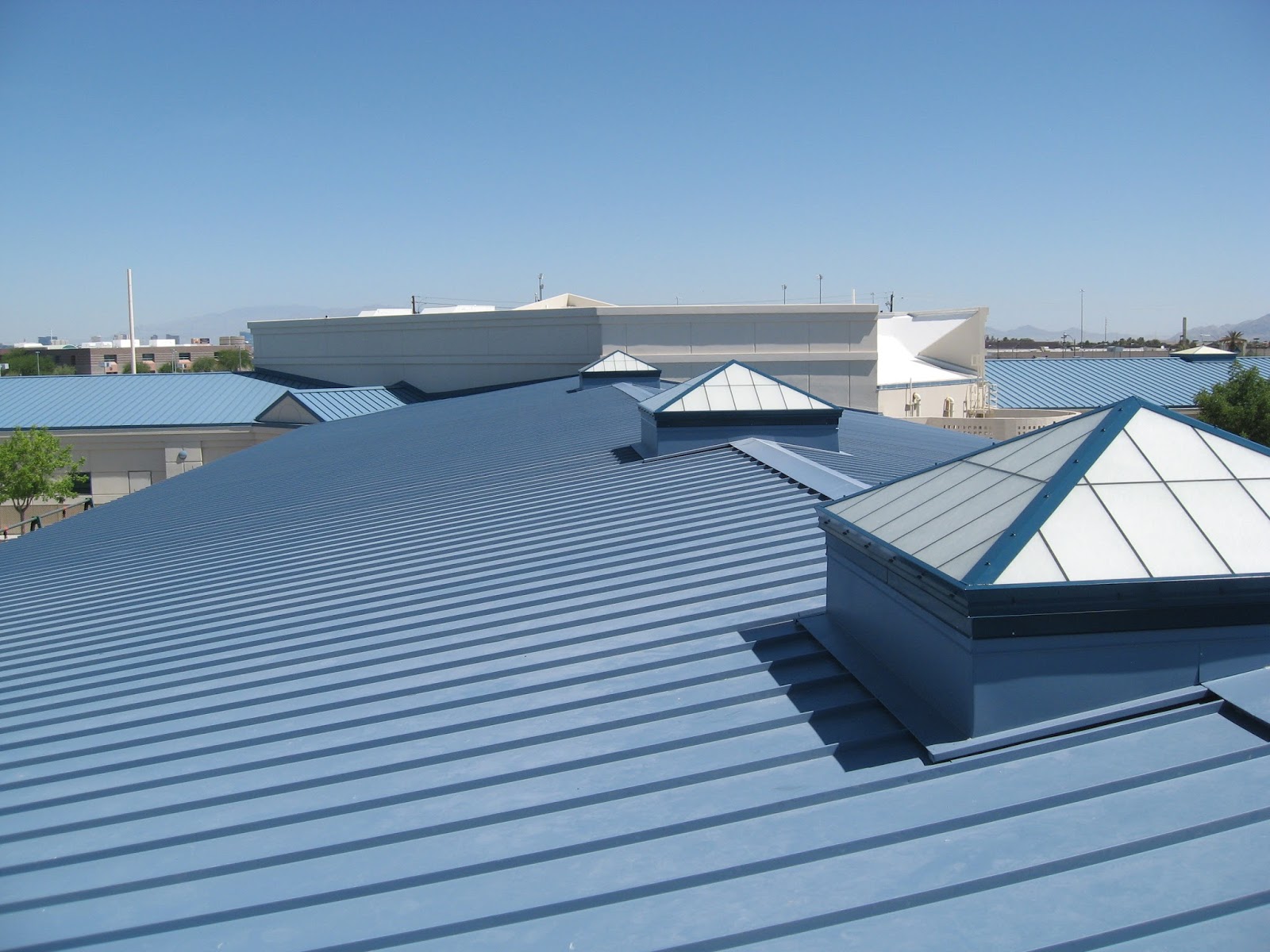Roof Ventilation Systems are essential for maintaining a comfortable, energy-efficient, and healthy indoor environment. They facilitate the circulation of air through the attic, allowing air and moisture to escape while bringing in cooler, fresh air from outside. Through this process, homeowners can avoid the frustrating issues of mould growth, wood rot, and structural damage.
Furthermore, roof ventilation can be critical for enhancing energy efficiency. It can lessen the accumulation of heat in the attic, lessening the strain on heating and cooling systems. However, with so many types of roof ventilation systems available on the market, it can be quite confusing to find one; here are their different types and functions.
● Soffit Vents
Soffit Vents are installed along the bottom of the soffit or under the eaves of a roof and serve as intake vents for cool air. These vents allow fresh air into the attic while facilitating the exit of warm air through higher exhaust vents like ridge vents. Furthermore, they are typically unobtrusive and can be made from various materials like vinyl or aluminium, ensuring durability against weather elements.
● Ridge Vents
For homeowners who appreciate discrete designs, ridge vents are positioned along the peak of the roof and can be seamlessly integrated into the roofline. They work by utilising natural convection; as warm air rises, it escapes through these vents while cooler air is drawn in from soffit vents below. Once installed, ridge vents require minimum maintenance and are designed to withstand harsh weather conditions.
● Gable Vents
Another ventilation type that can be integrated into the home’s design is the Gable vent. It is located on the gable ends of a home and facilitates cross-ventilation by allowing air to flow in from one side and out the other. However, its performance may be compromised if not used in conjunction with other ventilation systems.
● Turbine Vents
One of the most distinguishable types of ventilation is the Turbine Vent. It is easily noticeable due to its mushroom-type design, which is commonly seen in the city’s industrial areas. However, it can also be used in homes.
Turbine vents are wind-powered devices that rotate to expel hot air from the attic. As wind passes over them, they create a vacuum effect that draws warm air out while allowing cooler air to enter through other vents. They require minimal maintenance but rely heavily on wind conditions for optimal performance, so they are particularly useful in areas with consistent breezes.
● Solar-Powered Vents
The world is shifting to sustainable energy sources in home solutions. In terms of roof ventilation systems, solar-powered vents utilise solar energy to operate fans that expel hot air from attics. These eco-friendly systems reduce reliance on traditional HVAC methods and can significantly lower energy costs over time.
● Box Vents
Box vents, also known as Louver or Turtle vents, are passive exhaust vents that allow hot air to exit as it rises in the attic. They are versatile and can be used in various roofing configurations. However, their static nature may require multiple units for effective ventilation depending on attic size and design.
Find the Roof Ventilation System for Your Home
Choosing the right roof ventilation system is part of maintaining a healthy home environment. Each type has its own benefits and even disadvantages, so homeowners need to make informed decisions. Visit Attic Ladders and Floors to find the system that works best for your home.





